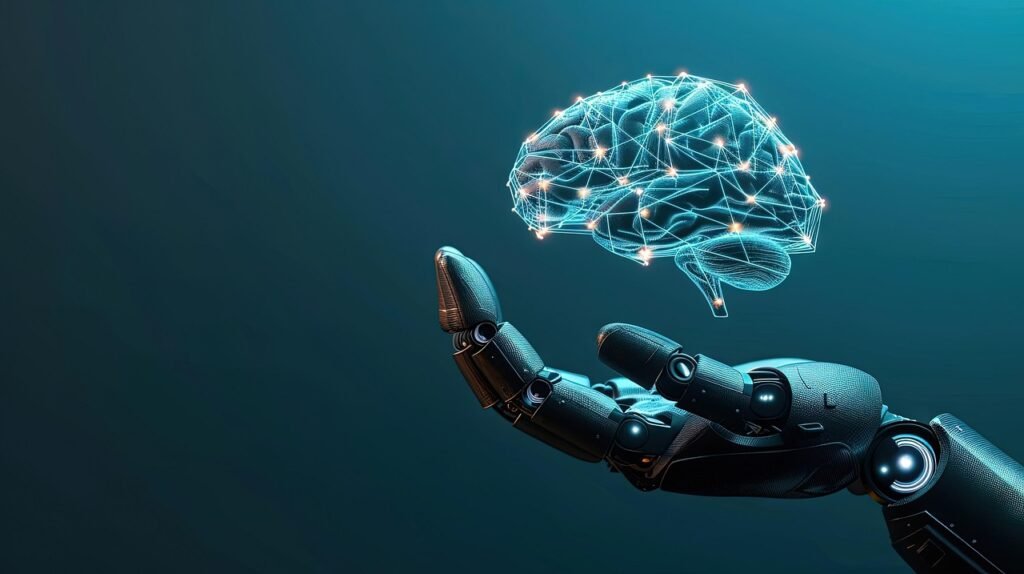Acquainting with Artificial Intelligence (AI) and Machine Learning (ML)
Alexa, what’s trending on Twitter today? , now who doesn’t know about Alexa or have at least heard of her? She’s a machine assistant. Amazon Echo, which answers to the wake call ‘Alexa’, is an example of voice recognition AI. Alexa, Google Home and many other bots are examples of AI and Machine Learning is the application of AI.
You’ll understand the difference between these revolutionary concepts and their impact as you continue reading this ‘know-it-all’ blog.
Artificial Intelligence and Machine Learning typically abbreviated as AI and ML respectively are the latest developments which have flipped the technological world in 360 degrees. They have become a part of everyday life; however, do we know them well? Probably not.
Let’s understand what these concepts are:
Artificial Intelligence (AI):
It’s quite a self-explanatory name. It can be loosely termed as incorporating human intelligence to machines. An AI-powered device could move objects, answer questions, recognize activities or solve other problems.
AI runs a machine with a set of algorithms to overcome obstacles. For instance, the technology used for segregating images on Pinterest is a classic example of AI.
Applied AI a.k.a vertical or narrow AI is a smart technological foundation that addresses a specific requirement, such as, trading stocks or tailored ads. An example would make the concept clear.
LinkedIn Message: It understands a message and suggests possible replies to it. In a conversation, it will learn for itself about the discussion and give the most suited responses in the future. Isn’t it incredible?
Nguyen explains that the automatic message suggestion is formulated by machine learning models which are trained on a large amount of message data. Once the input message is captured, the models find out the most common responses based on the linguistic characteristics that are vastly similar to the input message.
What’s next?
AI has entered industries like Information Technology, Healthcare, Retail, Finance, Transportation & Logistics, Media & Entertainment and Education.
The future of AI is beyond measure. However, what’s on cards is Super AI – Super AI is meant to surpass human intelligence. It’s not a reality today, but with AI, we don’t know what the future holds.
Machine Learning (ML):
can loosely mean empowering a computer system with the ability to learn. Machine learning relies on big data sets to direct the data to remind common patterns. In simple words, it’s a method of training the algorithms in such a way that they can learn how to make decisions.
With this, Machine learning reaches a point where it can solely interact with individuals and make decisions without any human intervention or assistance.
Siri from Apple and Cortana from Microsoft both use machine learning algorithms and deep neural networks to recreate human interactions. These applications develop on their own with past communication encounters and can educate its systems with the semantics of a language. ML eliminates the need for explicit programming for higher results. Applications powered with ML are self-evolving.
Applications of ML:
Machine learning applications are pretty impressive and effective, especially from a business perspective. It could aid enterprises to analyze complex data and sort it accurately. Organizations could benefit from ML as it gives insights through which they can make an informed decision to improve the operations. ML algorithms need to be developed and scrutinized with experts to achieve this level of excellence.
We are seeing eye to eye on the thought, that one day we will eventually develop human-like AI. We are closer than ever to this phenomenon. Despite differences, AI and ML are closely interlinked with each other. AI has become an integral part of our lives, and it’s too real to refuse. AI and ML are those technological advancements that excite tech experts across the globe and leave us wondering about the exceptional innovations.

